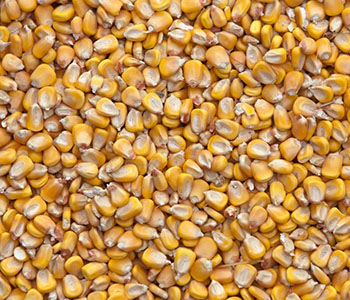Wet Weather May Be Favorable for New Crop Corn
May 24, 2024

Kolby Winter
Grain Originator
This planting season has been a wet one. It seems like farmers are lucky if they can get a three day window of warm, dry weather. The continual moisture has delayed corn planting enough to the point where we might see farmers switch some of their corn acres to soybeans.
The possibility of switching the remaining corn acres to beans paints a more bullish picture for the corn market. Although the estimated carryout for corn is a whopping 2.10 billion bushels for the new crop year, any little bit that can help bring that figure down helps.
On the other side of things, more bean acres means a bigger bean supply. An increased supply indicates that the bean market could become more bearish. With the estimated stock-to-use ratio already being at 10 percent, an increase to this number would not look good for bean prices down the road.
Number = Percentage of corn planted, TW = This Week (May 18), LY = Last Year
The above picture indicates the percentage of corn that has been planted in the Midwest (ending on May 18th). As you can see, a good majority of the Midwest (South Dakota, Nebraska, Iowa, Illinois, and Missouri) is behind pace for the amount of corn planted compared to last year. Thus, creating that potential increase in soybean acres as previously mentioned.
One wildcard, however, is if the Eastern Corn Belt catches up on planting this week while we are too wet. Does the weather premium from the Eastern Corn Belt just switch to the Western Corn Belt? We will know more with next week’s planting progress report!